Australia’s surprise unemployment spike suggests an economy not overheating but in need of stimulus | Greg Jericho
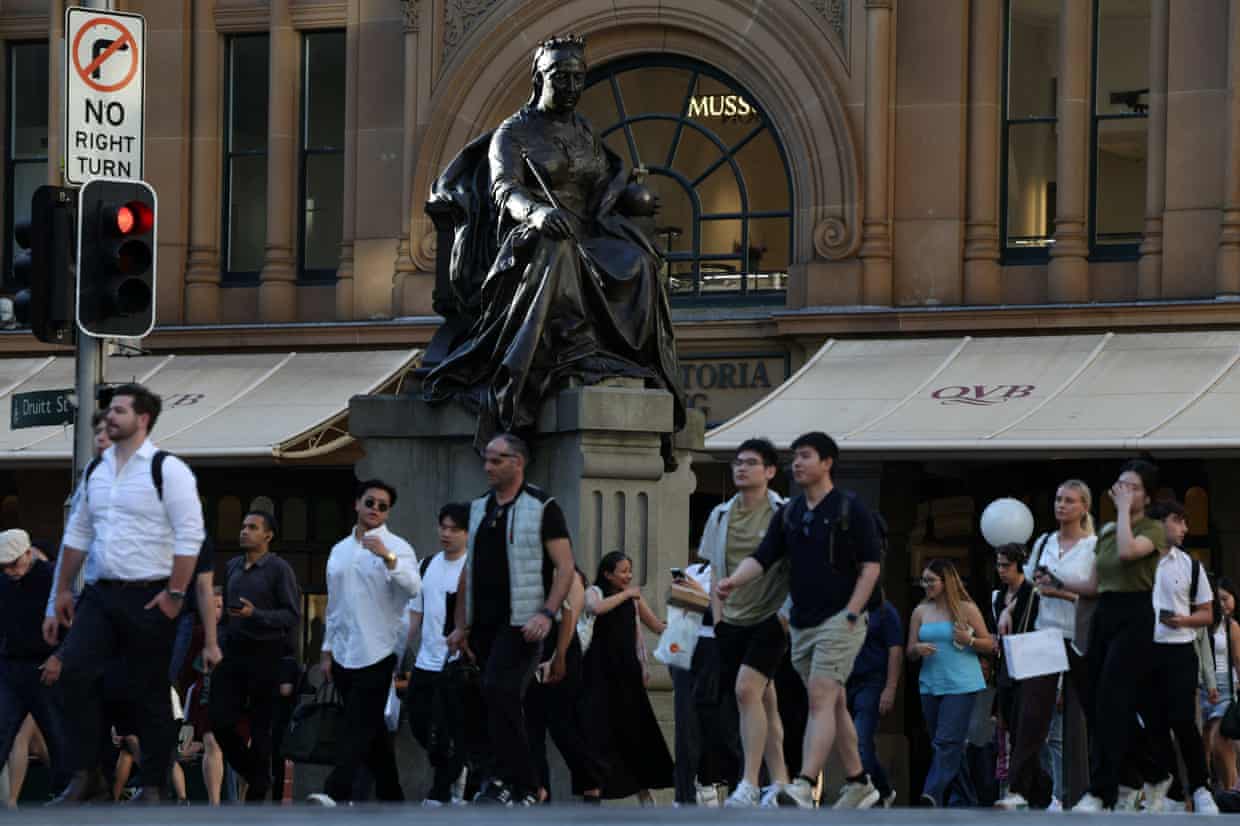
You didn’t vote for it, you weren’t even asked, but it was decided three years ago – mostly by those running the Reserve Bank – that Australia needed an extra 150,000 or so people to be unemployed.Back in 2022 Australia’s unemployment was 3.5%; last week the Bureau of Statistics announced it had reached 4.5% – roughly an extra 150,000 people out of work.Goodbye full employment, welcome back the arbitrary higher level of people being out of a job for the good of the economy.
The figure was actually a shock to those in the RBA.On 10 October, the governor of the Reserve Bank appeared before the Senate economics committee and told the senators that “we’ve seen the unemployment rate rise to about 4.2%”.Last week, the minutes of the RBA’s most recent monetary policy meeting also noted that “the unemployment rate was 4.2 per cent in August, unchanged from July”.
Then last Thursday the ABS released the latest labour force figures and informed everyone that not only did unemployment hit 4.5% in September, but the August figure was revised up to 4.3%:If the graph does not display click hereI wonder if the RBA executive were embarrassed or ecstatic?Ecstatic because the RBA has long wanted unemployment to rise, because, in Michele Bullock’s words to the Senate committee: “when you’ve got a very tight labour market, that can put upward pressure on inflation”.(The key part is “can” because all through 2023 and 2024, while unemployment was at times well below 4% – very much “tight” – inflation fell all the way to 2.4%.
But don’t worry, hike those interest rates and slow the economy!)Or embarrassed, because the Reserve Bank as little as two months ago was predicting unemployment would not go above 4.3% until at least 2028.Right now the good oil is on a rate cut on 4 November.After the last RBA meeting, there was now real prospect of a cut before February next year.Little had changed by Wednesday last week.
Then unemployment hit 4.5%:If the graph does not display click hereNow the market rates a rate cut in November as a 74% chance and pretty good odds of another cut by May next year.All of which is to say that the outlook for the economy is worse than some were thinking was the case a week ago.But we should not let the RBA off the hook too easily.Bullock before the Senate committee suggested that we should not get too worried about rising unemployment because “employment is growing.
It’s just not growing as quickly as the labour force is growing.”And well, sure, but that is essentially the definition of rising unemployment.The only time employment in total starts falling is when you are in a recession and no one is saying we are in that.But even still, as those who read my column last month would know, employment growth has been falling sharply and worryingly.The September figures only confirmed what was obvious:If the graph does not display click hereIn all categories except part-time women’s employment, annual growth is lower than it was in the decade before the pandemic – a decade in which the RBA cut rates from 4.
75% to 0,75% in an effort to get the economy moving:If the graph does not display click hereThe thing about the employment growth is that most of it has come in what’s known as the non-market sectors of education, healthcare and social assistance, and public administration,This was evident before the latest labour force figures,Excluding agriculture (which is greatly subject to seasons and weather conditions) the level of hours worked in the market sector had been falling throughout this year – the September figures showed they are still falling:If the graph does not display click hereIt is pretty clear that hours worked in market sector jobs – those that are truly driven by demand for goods and services – have been dropping fast,In the past couple of years growth never approached what we saw before the pandemic:If the graph does not display click hereAnd yet the RBA minutes told us that “the bulk of employment growth over the first half of 2025 had been in the market sector, following strong growth in non-market sector employment in 2024”.
It will no doubt be a surprise to the RBA to discover that the total hours worked in the market sector in the September quarter was 0.8% lower than in the December quarter last year, while hours worked in the non-market sector was up 4.2%.That does not suggest an economy overheating – but rather one in need of stimulus.So, will we have another rate cut? We should, of course.
But next week the September quarter inflation figures are released and the RBA might use any small unexpected rise as an excuse to keep rates steady, even while unemployment rises much faster than the RBA anticipated.Greg Jericho is a Guardian columnist and policy director at the Centre for Future Work
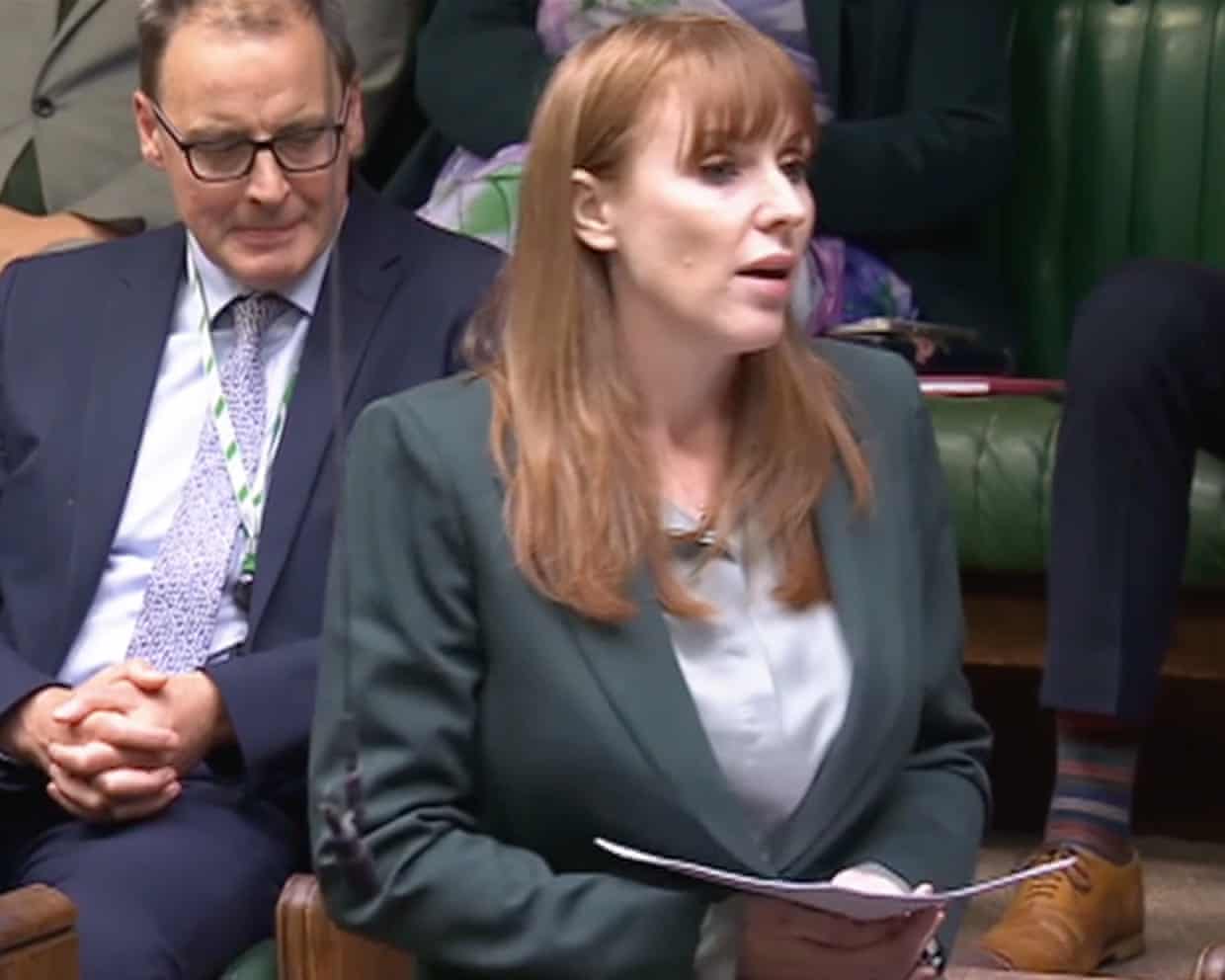
Rayner’s return gives a lift to Labour’s gloomy backbenchers
The chamber had been almost empty at the start of the ministerial statement on Heathrow airport. But by the end, the Labour benches were almost full. Though this was nothing to do with the pull of the transport secretary, Heidi Alexander. It was Angela Rayner who was the main attraction.The former housing secretary hasn’t been heard from since her resignation in early September
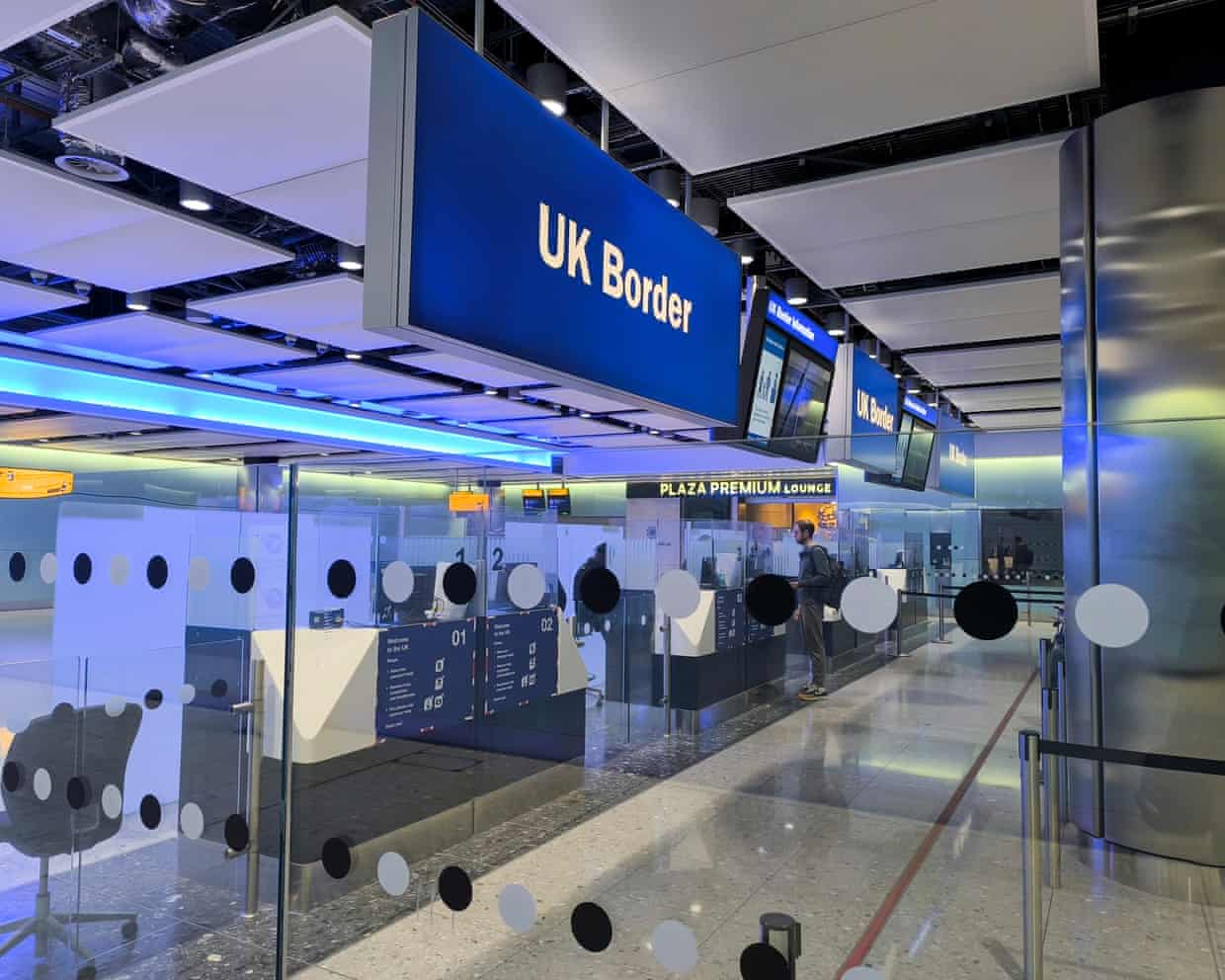
Tory plans to deport some people who are legally in UK are ‘grotesque’, says Labour – as it happened
Labour is now saying that it is “utterly grotesque” that the Conservative party is proposing to deport people from the UK who have previously been told they have indefinite leave to remain.The party issued a statement after Conservative HQ confirmed that Katie Lam’s comments on this topic in an interview at the weekend are in line with official party policy. (See 5.06pm.) The Tories published proposals in the form of a private member’s bill earlier this year and clause 3 of the bill says indefinite leave to remain (ILR) should be revoked from some categories of migrants, including people who have been in receipt of benefits and people earning less than £38,700 a year
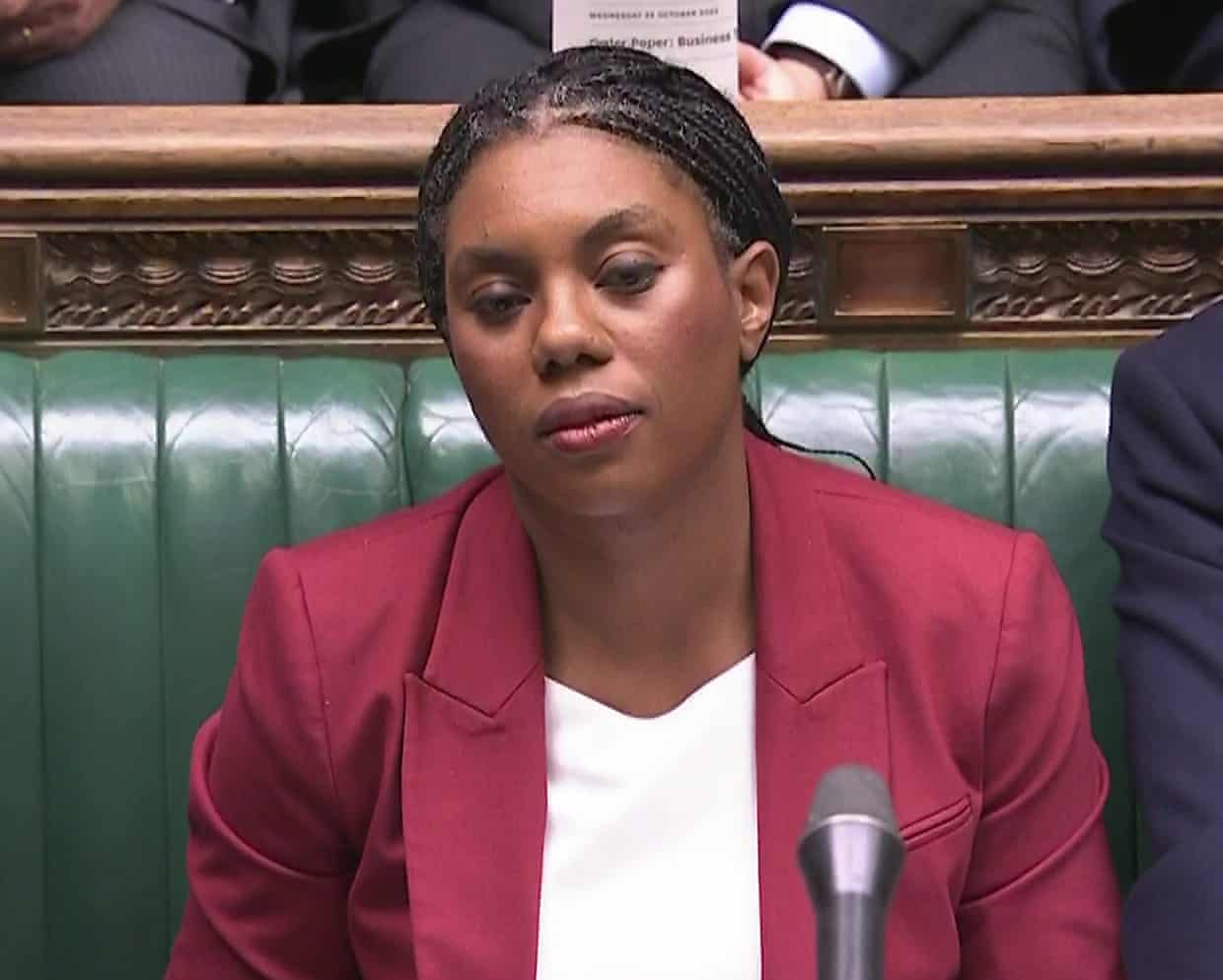
Deporting legally settled people is ‘broadly in line’ with Tory policy, says Badenoch’s office
The Conservative MP Katie Lam was “broadly in line” with party policy when she called for very large numbers of legally settled people to be deported from the UK, Kemi Badenoch’s spokesperson has said.Setting out Tory plans to retrospectively strip the right of indefinite leave to remain (ILR) from people who claim benefits, the spokesperson said this would not be the case for people getting the state pension, but he was unable to say whether someone could be deported if they received statutory maternity pay or shared parental leave.Speaking after prime minister’s questions, he said the key to whether or not someone was deported was if they were a “net contributor” in terms of tax and benefits, even though the party’s policy says this would happen if someone on ILR receives “any form of social protection”, an official term covering most benefits.In an interview with the Sunday Times, Lam, a Home Office shadow minister and Tory whip, said many people would need to lose their ILR status in order to ensure the UK is mostly “culturally coherent”, prompting criticism from other parties.Asked about Lam’s comments, Badenoch’s spokesperson said some had been “pulled out of context”
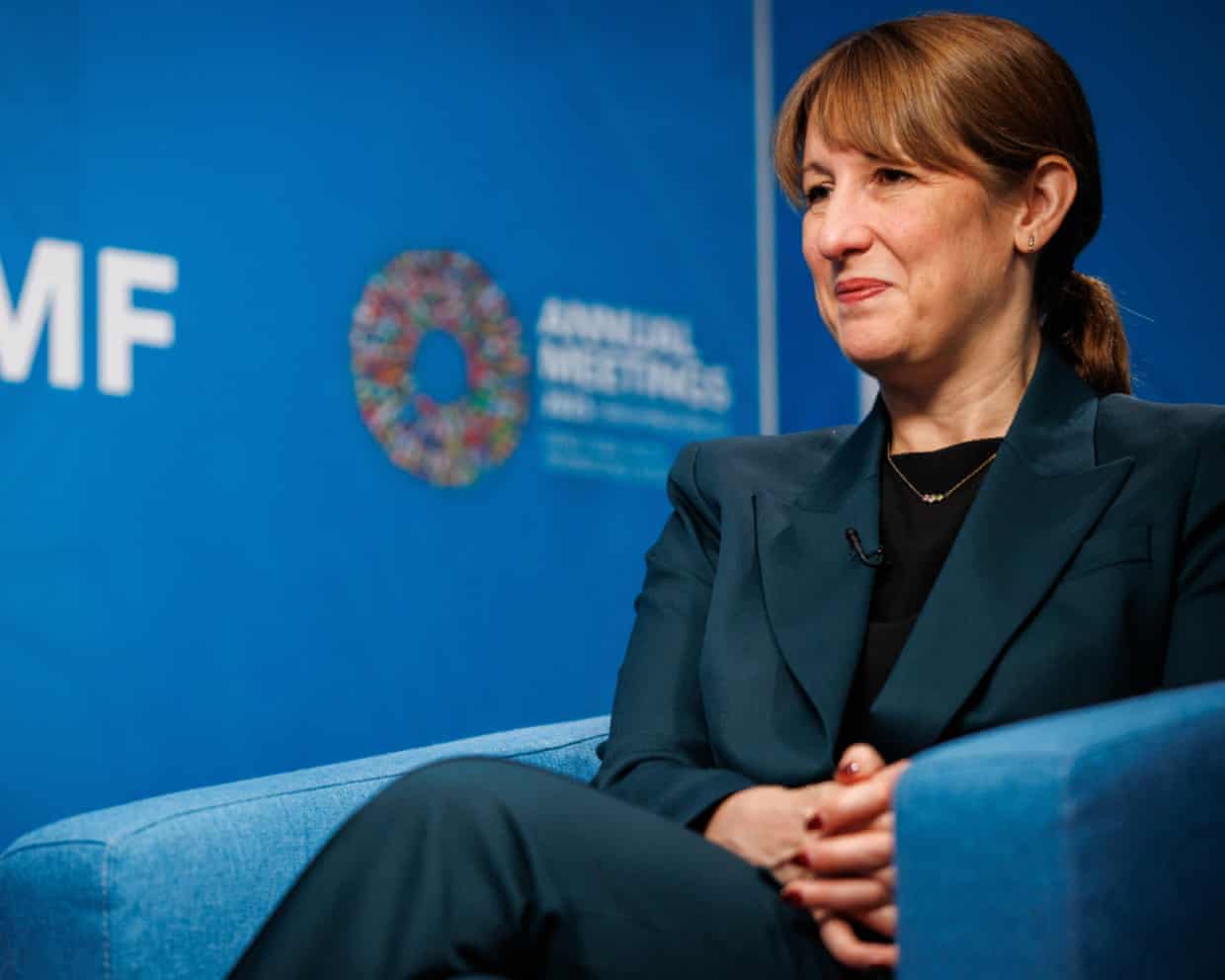
Chancellor hoping shift in tone on Brexit will ring true for key groups of voters
Rachel Reeves’ decision to pin the blame for the UK’s ailing economy on Brexit a month before a difficult and potentially unpopular budget could be considered high-risk given the lingering divisions and bitterness over the UK’s decision to leave the EU.But political analysts say she is aiming to appeal to voters who opted to leave but have changed their minds on this issue, young people who have joined the electorate in the nine years since the referendum, and remainers who are asking: what took you so long?In a speech on Tuesday, the chancellor said Brexit had caused more damage to the UK economy than official forecasters had previously outlined. She said costs had been “needlessly added to businesses” since the UK formally exited in 2021.Supporters of Brexit swiftly accused Reeves of attempting to “shift the blame for the dire state of Britain’s economy” ahead of November’s anticipated tax-raising budget. Some said she was “hunting for scapegoats”
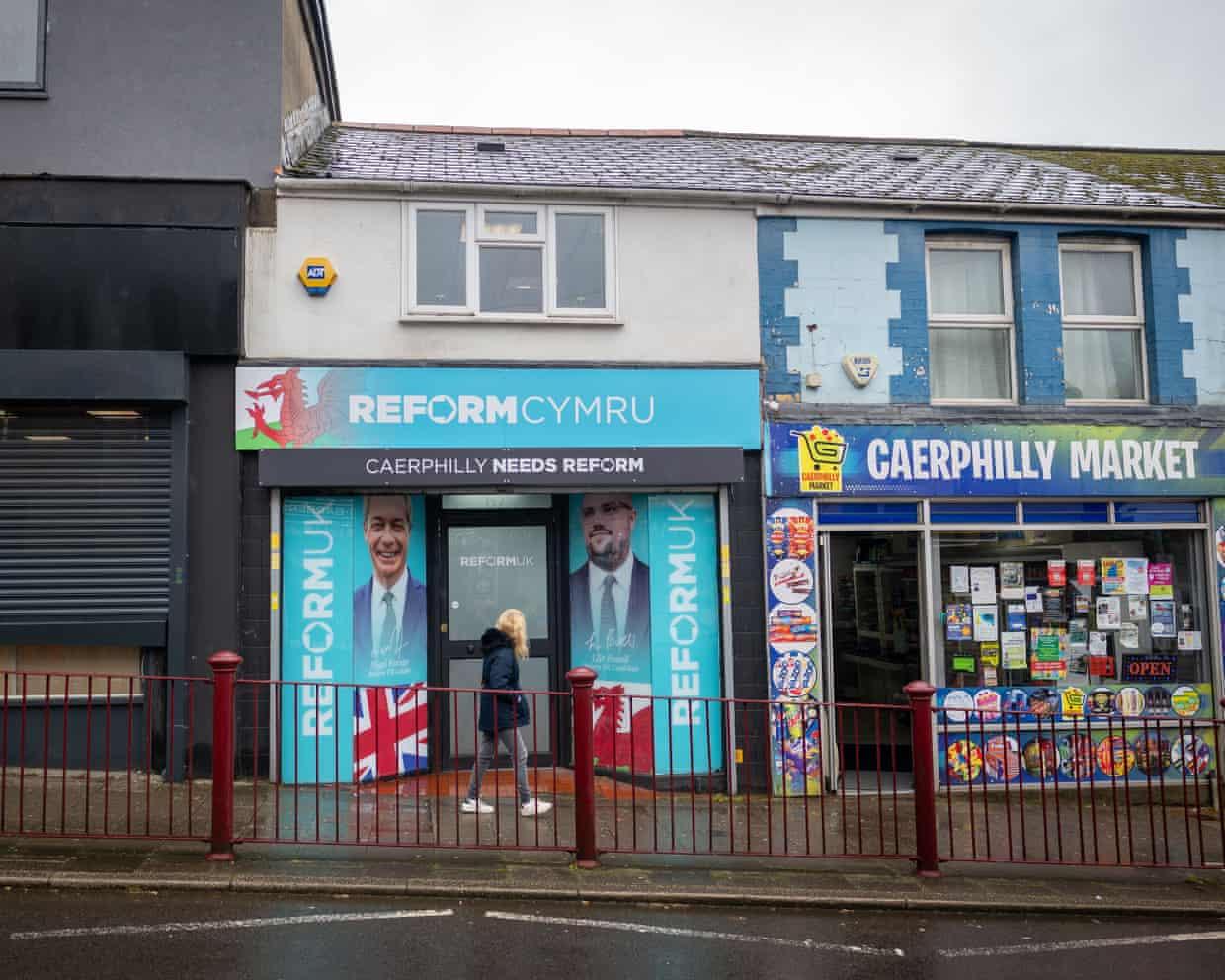
Caerphilly byelection could signal ‘fundamental realignment’ of Welsh politics
When he steps out of the byelection campaign office opposite Caerphilly castle, the Plaid Cymru candidate, Lindsay Whittle, tends to hear a couple of different cries from passing motorists.“Some of them shout: ‘Good luck Linds!’ I love that,” Whittle said. “It implies we’re old friends even though I may not know them personally.” Others are rather less positive. “They yell: ‘Stop the boats!’ You hear that all the time
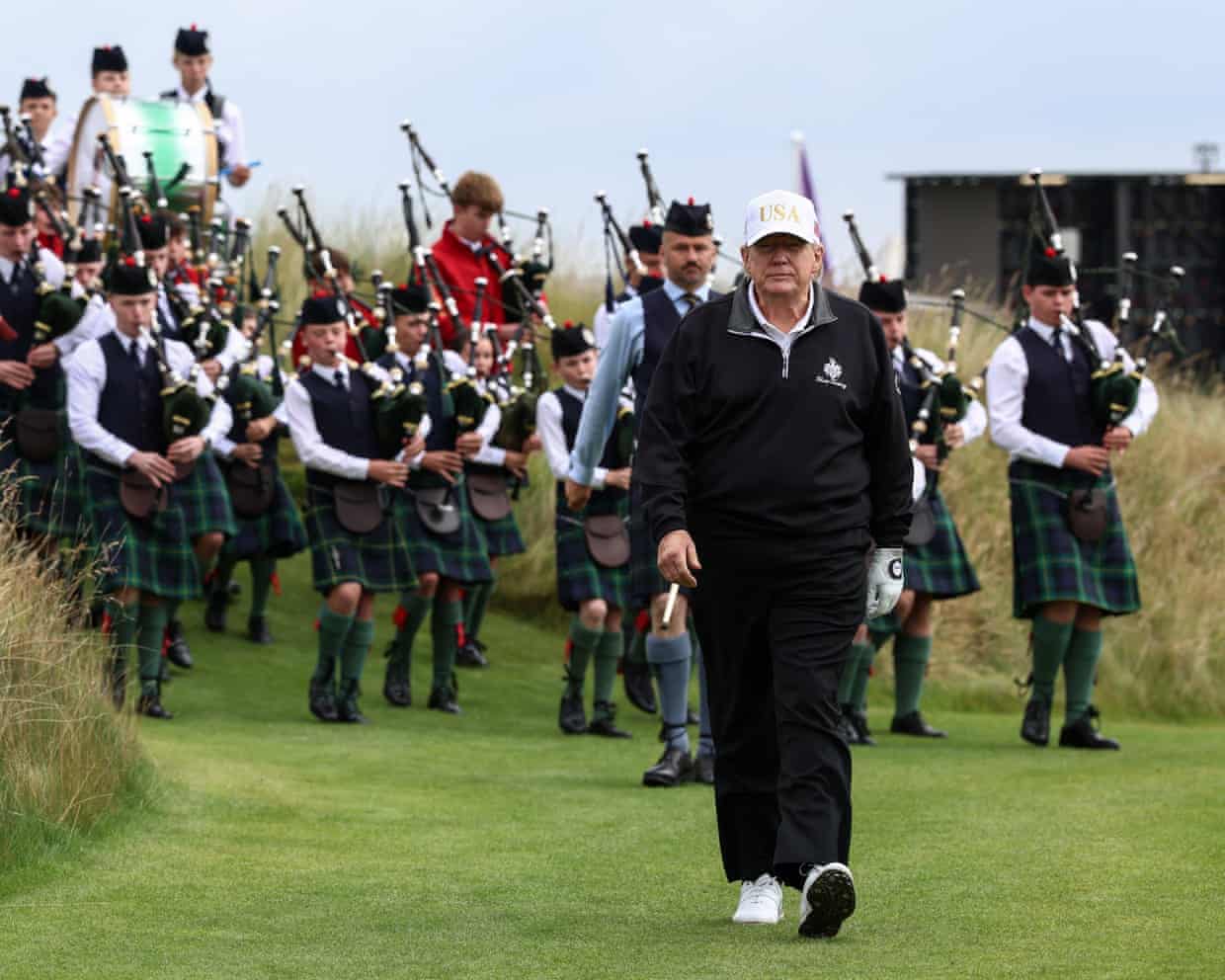
Scotland demands £24.5m from Westminster for Trump and Vance visits
The UK government needs to “step up” and reimburse the £24.5m cost of Donald Trump and JD Vance’s recent visits to Scotland, Holyrood’s public finance minister has said.Provisional costs of almost £24.5m for the two working visits have been published by the Scottish government.Ivan McKee said it was “ridiculous” that the UK government had so far refused to provide funding, framing both trips as private visits, despite the fact that the US president held meetings with the EU Commission president, Ursula von der Leyen, as well as the UK prime minister, Keir Starmer, during his time in Scotland in July
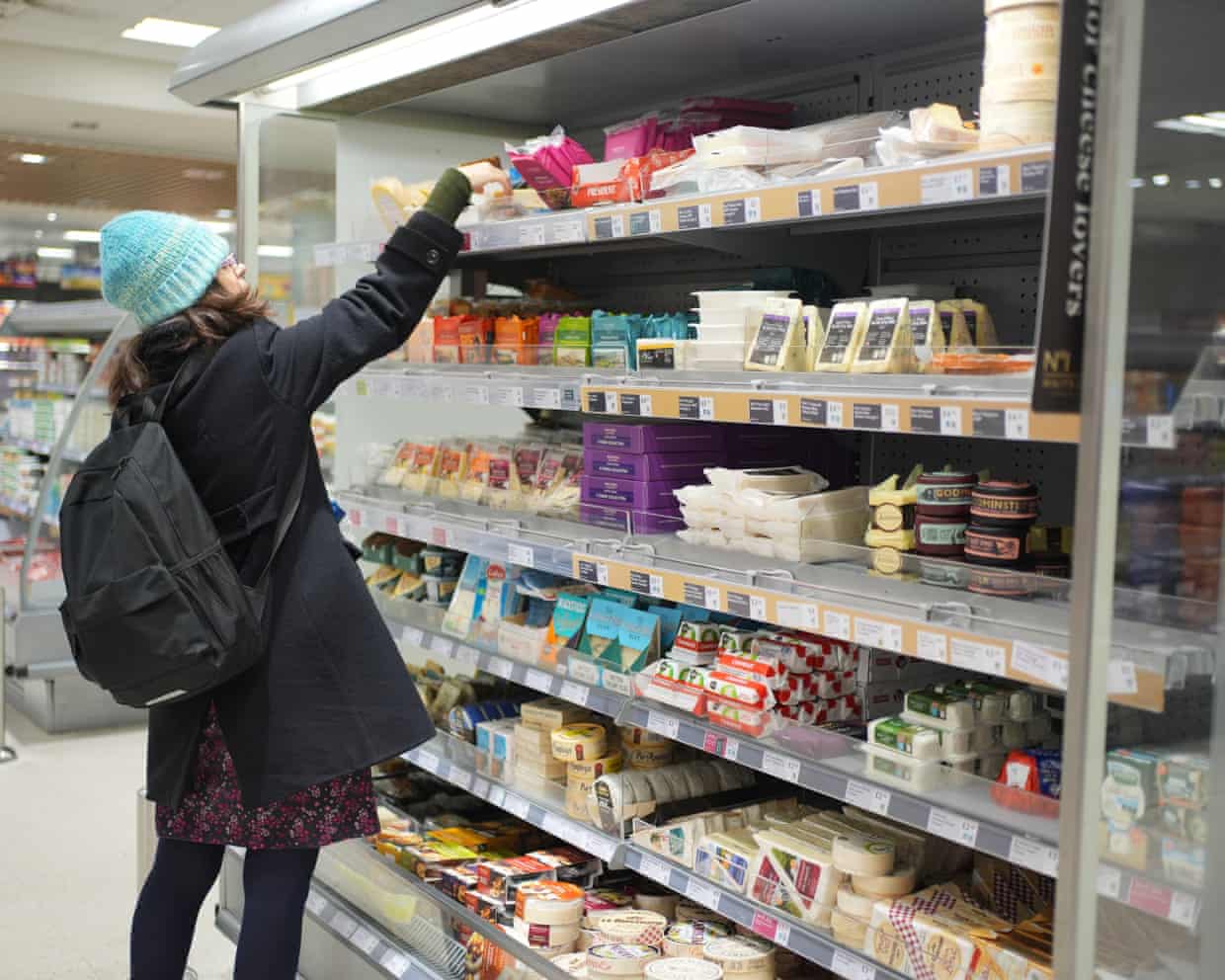
UK inflation unexpectedly remains at 3.8% for third month in a row
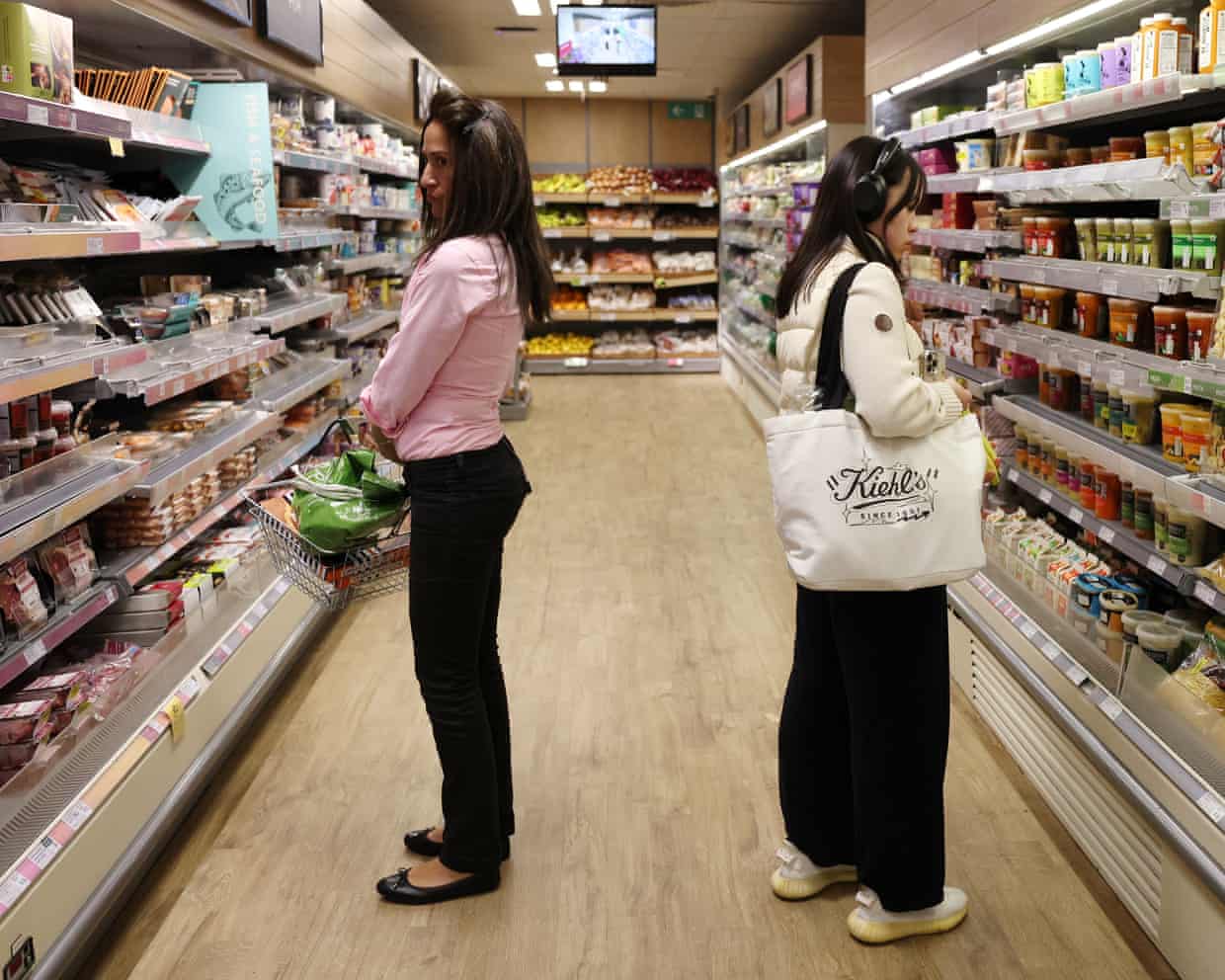
UK inflation stays at 3.8% as food price rises slow for first time since March – as it happened

Apple and Google face enforced changes over UK mobile phone dominance

Google hails breakthrough as quantum computer surpasses ability of supercomputers

Australia beat England by six wickets at Women’s Cricket World Cup – as it happened

Australia bring back bad memories for England at Women’s World Cup